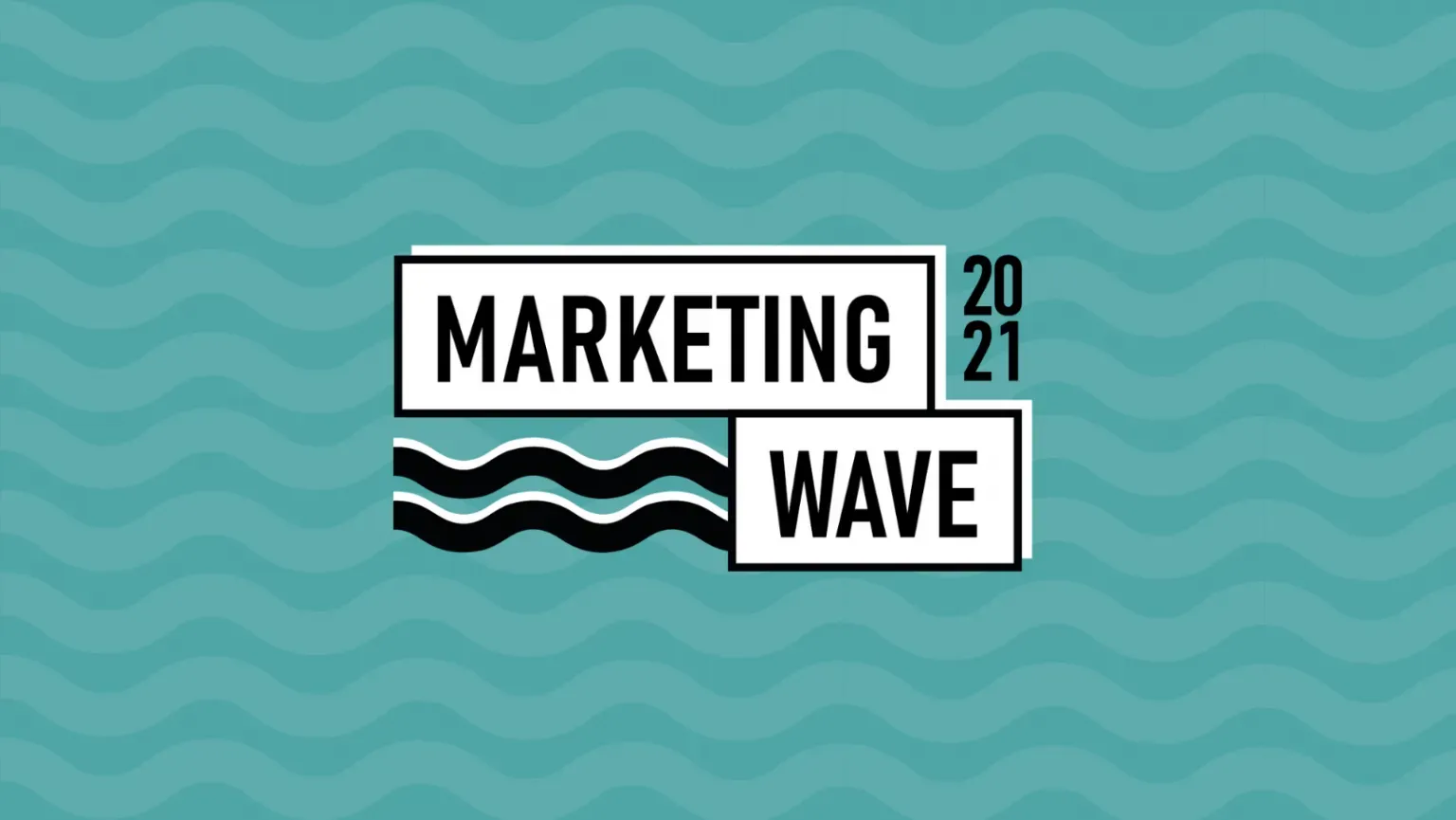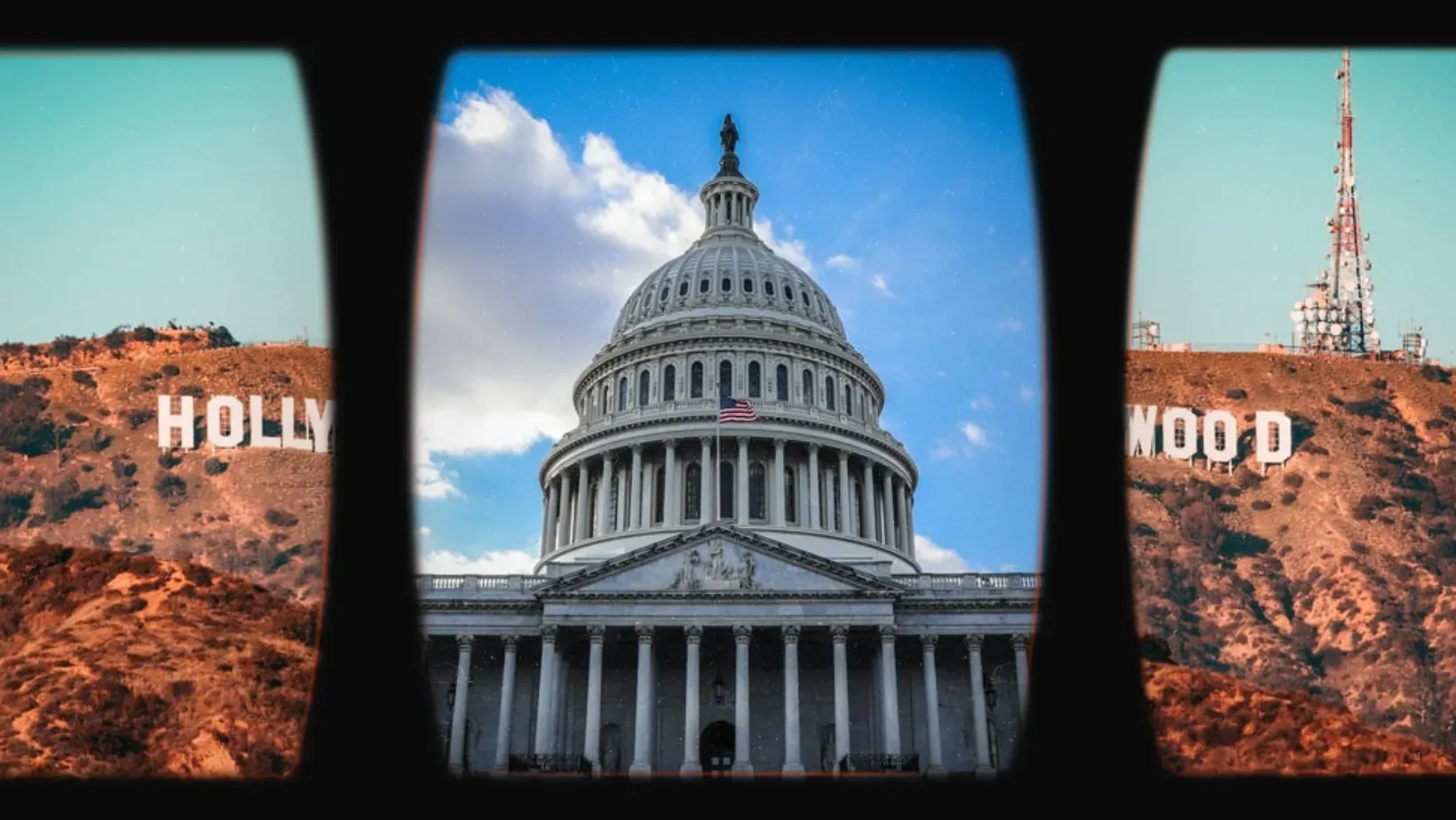Unilever, Nestlé, PepsiCo, H&M, Volkswagen …
What do all these brands have in common? An environmental and social scandal.
Throughout the most recent years, socially and environmentally responsible NGOs have done some digging and found rather disappointing corporate behaviors, which shocked the population – and most importantly – their customers. Among those scandals, one can mention the illegal deforestation of Jakarta due to Palm oil supplying, labor exploitation in the fast fashion market, exaggerated water usage for product manufactory and so on. It goes without saying that events such as these ones can harm a company’s image quite a lot and the world is needing more than ever that brands take a stand.
What impact does this era have on Marketing? Certainly, a massive one. Nowadays, one hears about inclusive marketing, green marketing [1], socially responsible marketing and I am glad for it because people need to be instructed. NASA states the world’s temperature has risen 1.9ºF since the 19th century, Greenland glaciers are disappearing, carbon dioxide emissions have skyrocketed, sea level is rising, natural catastrophes have increased in the number of occurrences, among many other worrying signs of world destruction. In the face of these events, people need to react, change behaviors and reduce their carbon footprint.
When it comes to Corporate Social Responsibility, there are some big brands that have been giving a fine example of how to go green, such as, Patagonia (part of a GoGreen Movement), Starbucks (by owning a GreenStore) and IKEA(solar panels usage and various advertisement campaigns focused on the matter).
In terms of Marketing Campaigns and actions, there are some outstanding ones that are worth highlighting: Lego launched in 2018 blocks made out of sugarcane instead of plastic, IKEA was one of the first companies to ban all of its plastic straws in their restaurants and even immortalized its ‘Last Straw’ on display in the Design Museum in London to solidify the company’s commitment to its sustainability goals, and, finally, Nike is investing a lot into creating products purely made out of recycled materials.
Apart from the abovementioned companies and brands, there are many small and new coming brands whose aim is merely focused in being 100% socially responsible, which, in my opinion, is one of the best trends arising in the recent years.
My hope is, therefore, that people listen to their brands and get to know others working hard for a greater good, changing gradually their behaviors and helping the world heal, myself included.
In our club we are aware of our surroundings and wish to give back as well, which is why we will dedicate our next big event in February to this ever so relevant subject – more information will be provided in the future. Stay tuned!
Vice-President
Sources:
https://www.dw.com/en/the-hidden-human-cost-of-fast-fashion/a-46577624
https://designmuseum.org/exhibitions/future-exhibitions/the-last-straw
[1] “Green marketing consists of marketing products and services based on environmental factors or awareness.”- Investopedia



